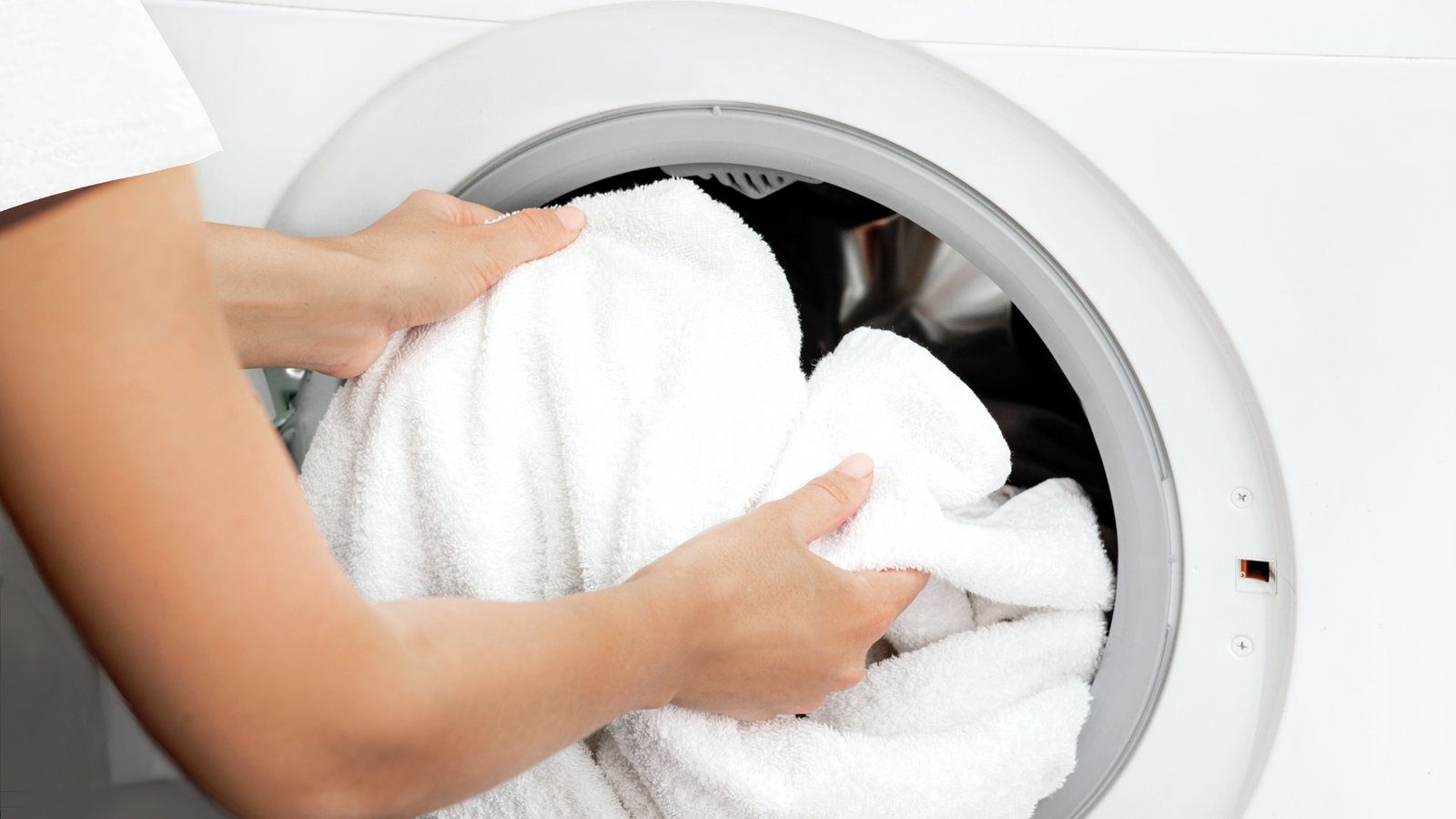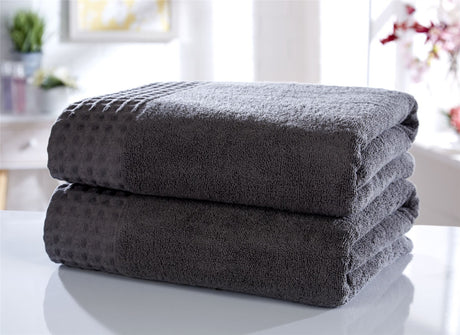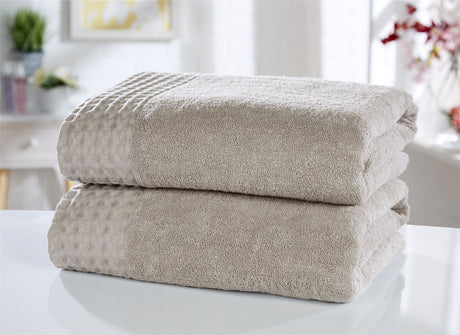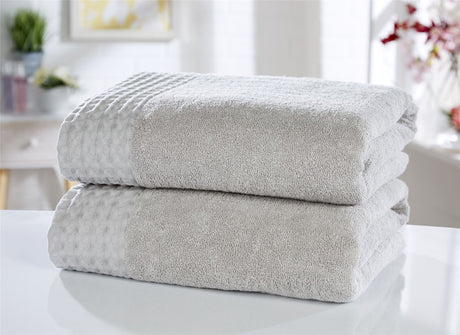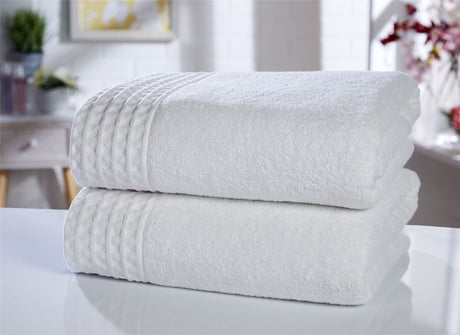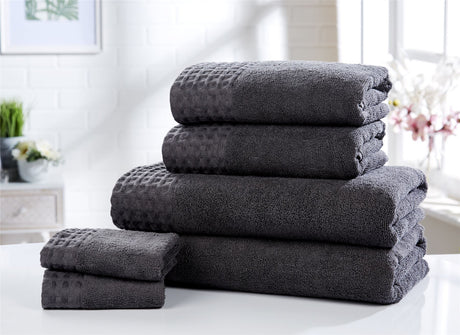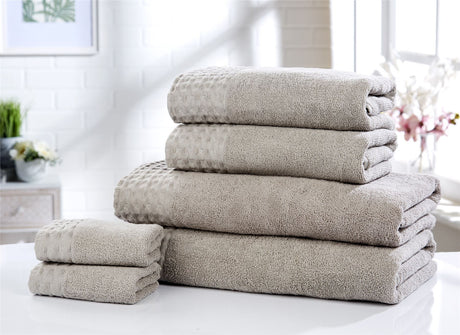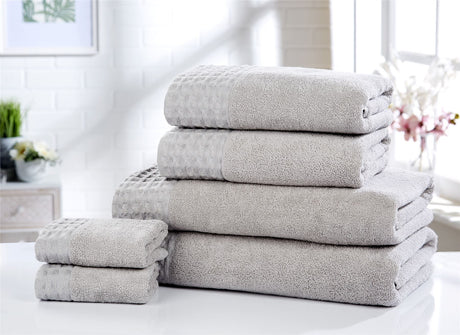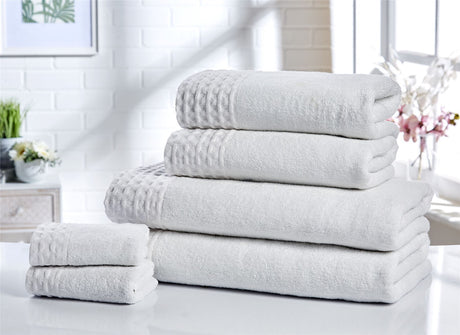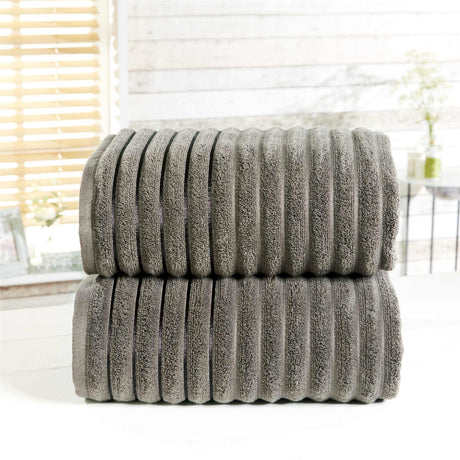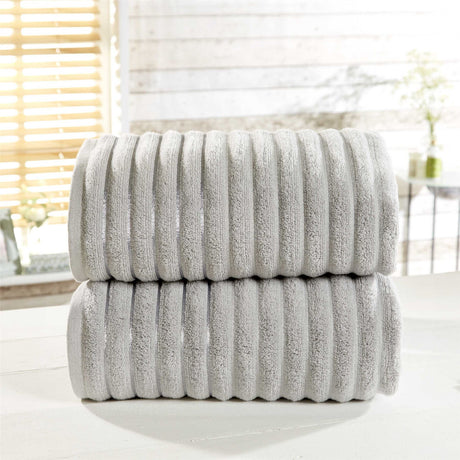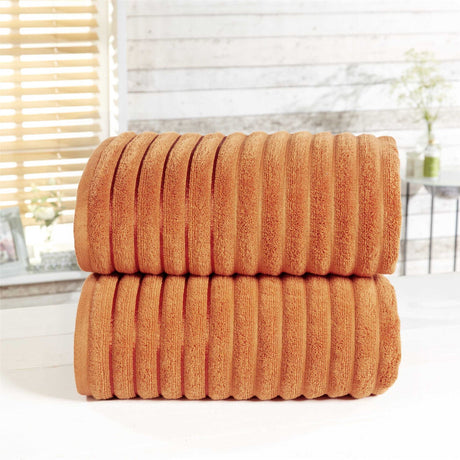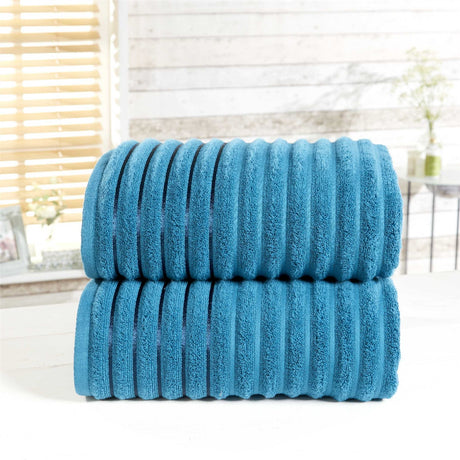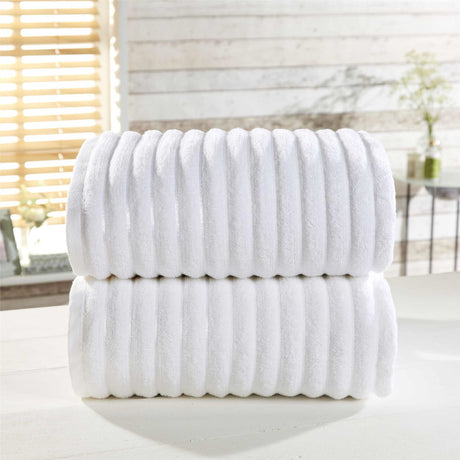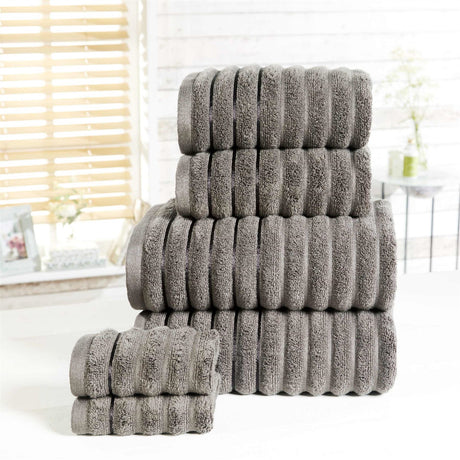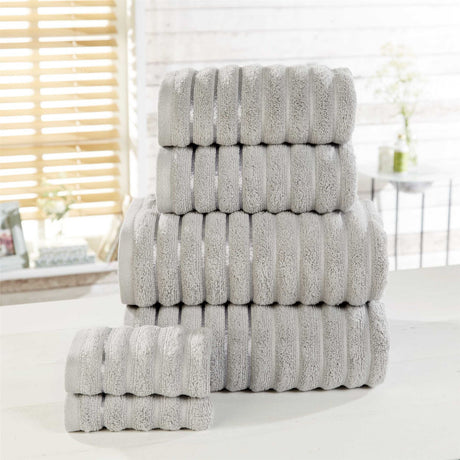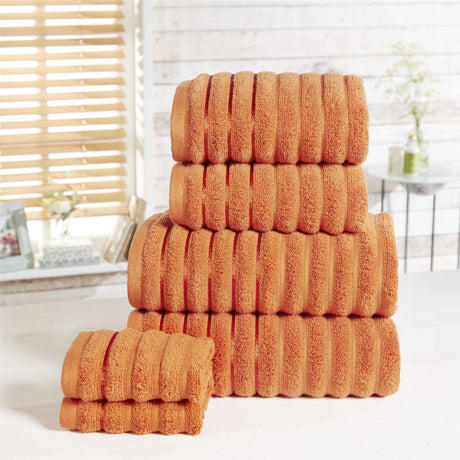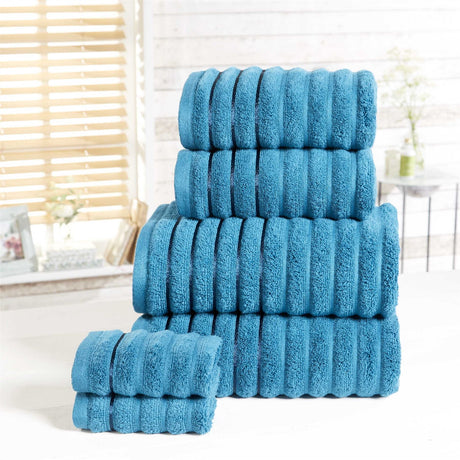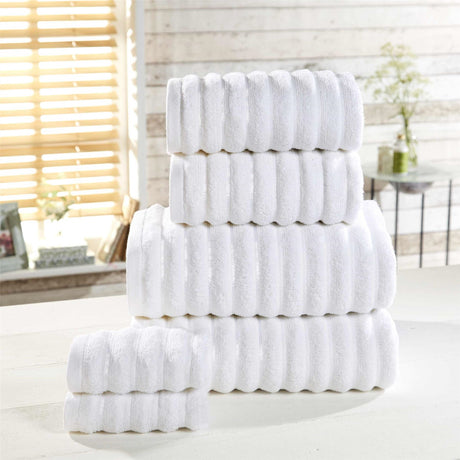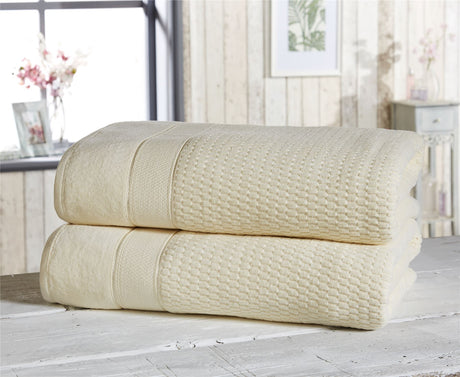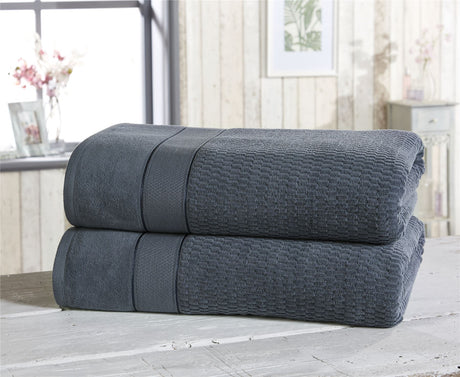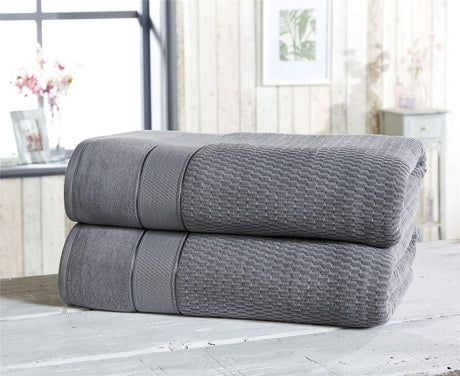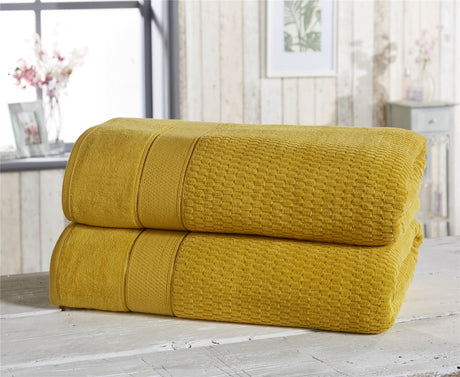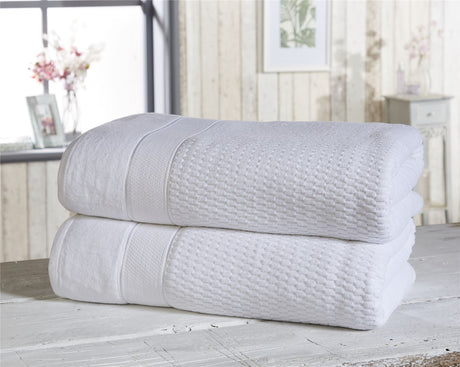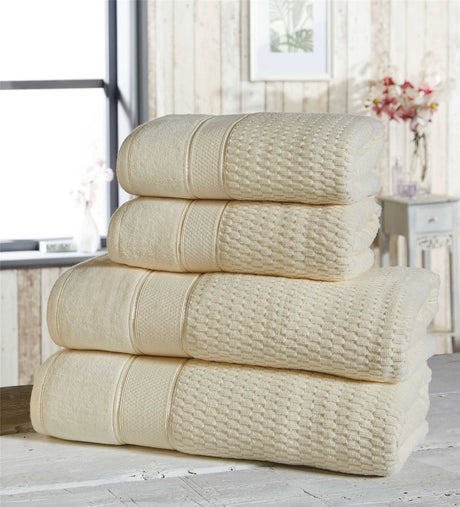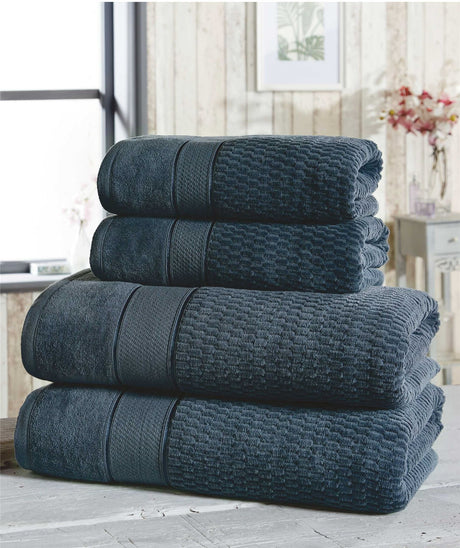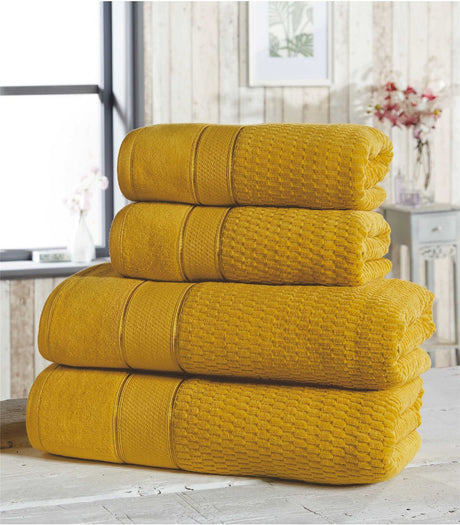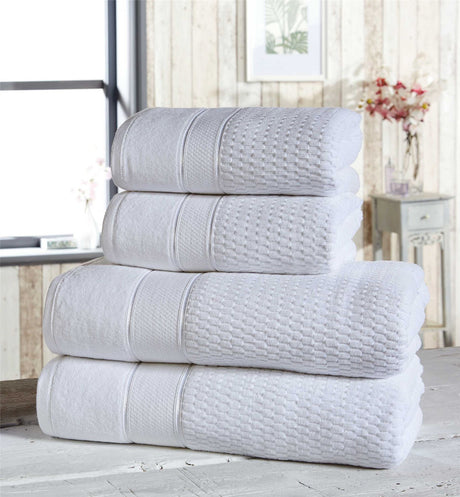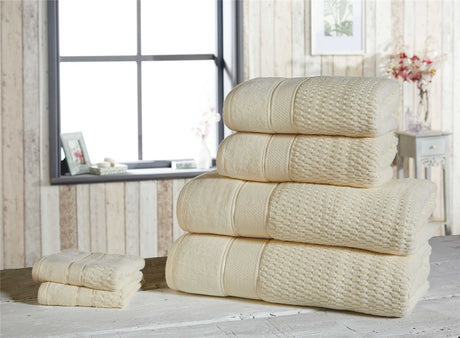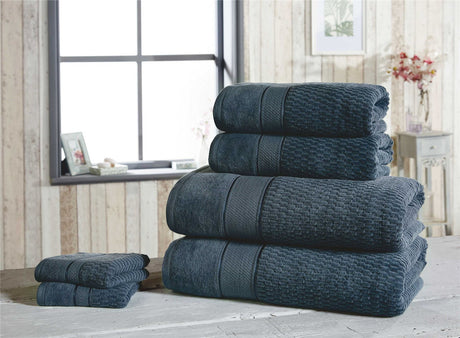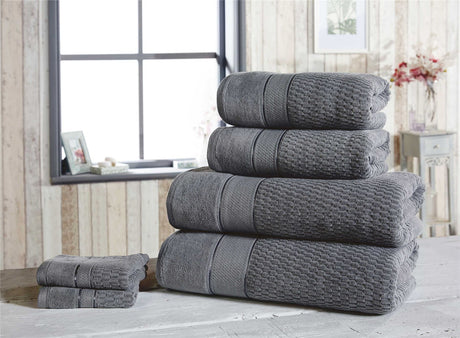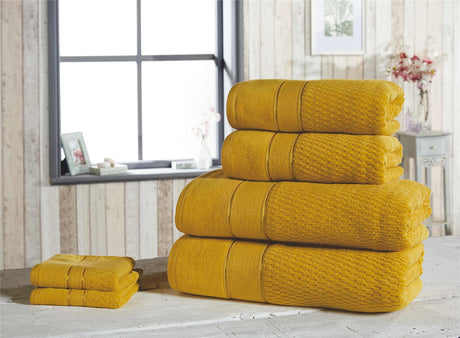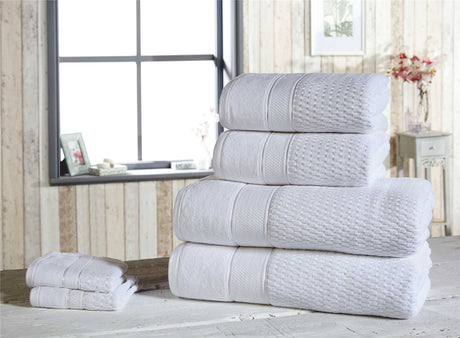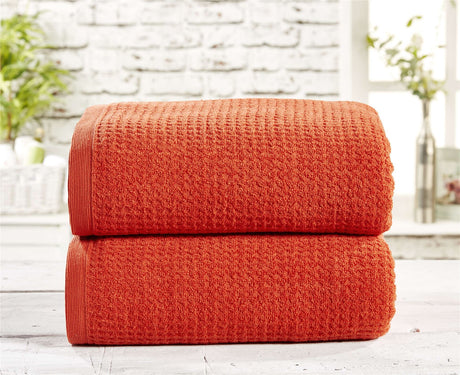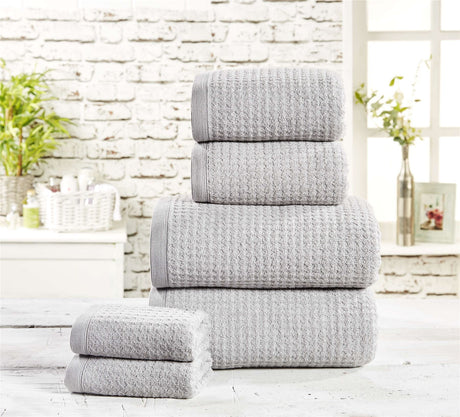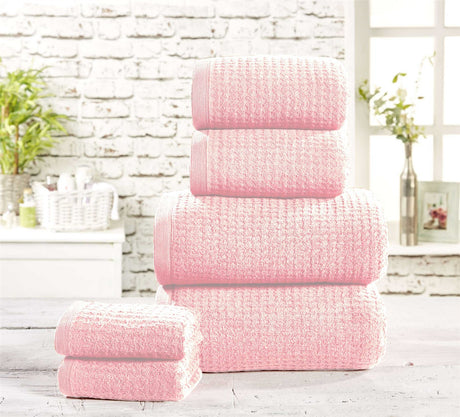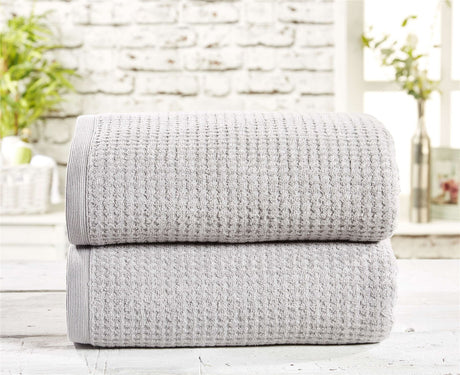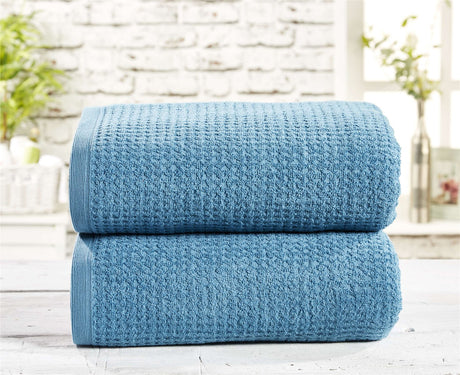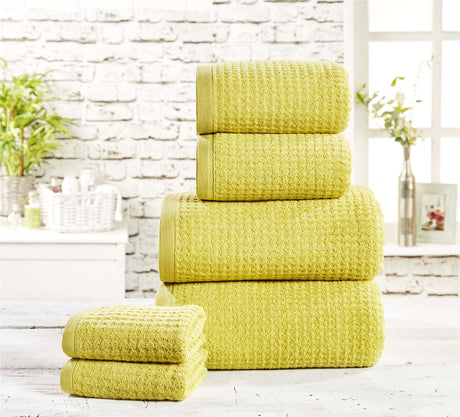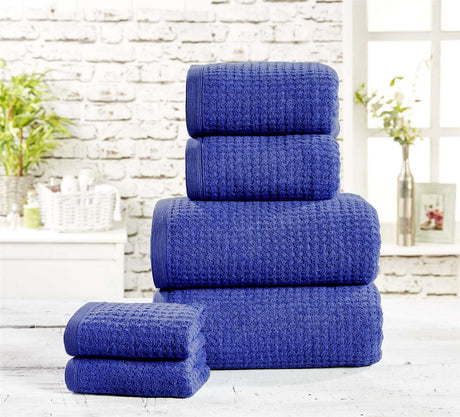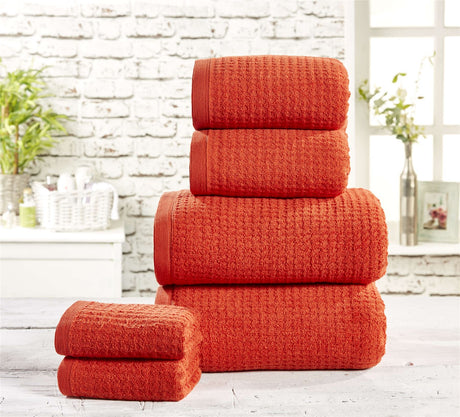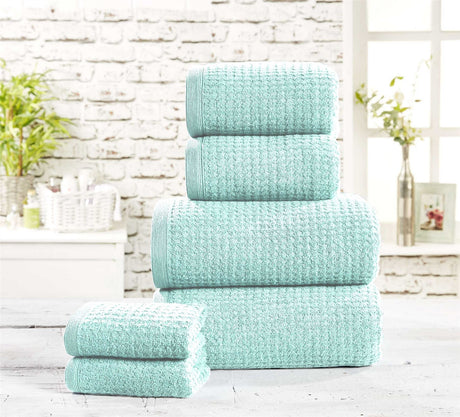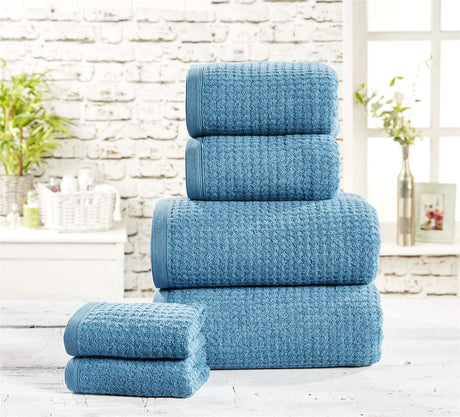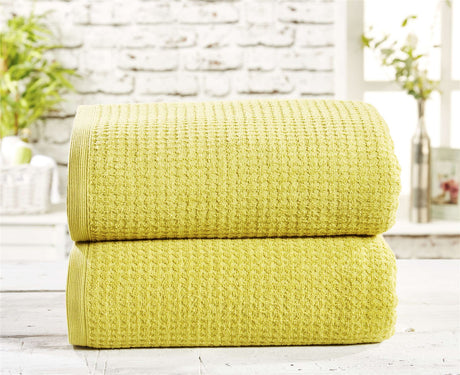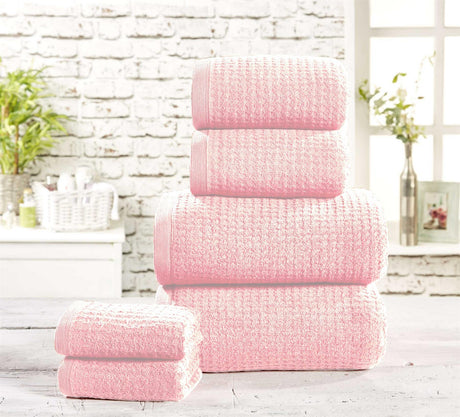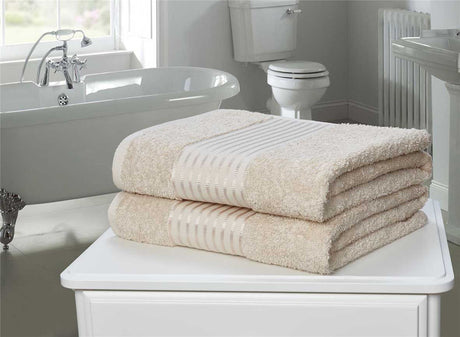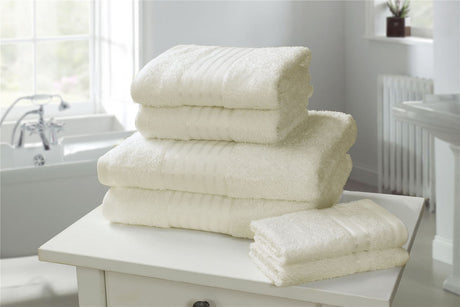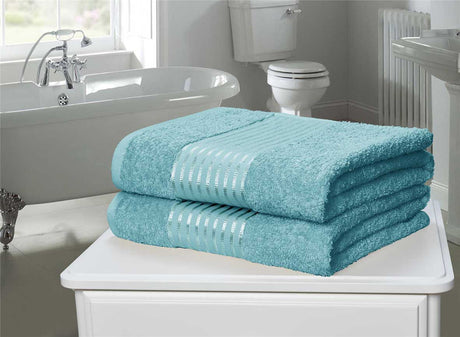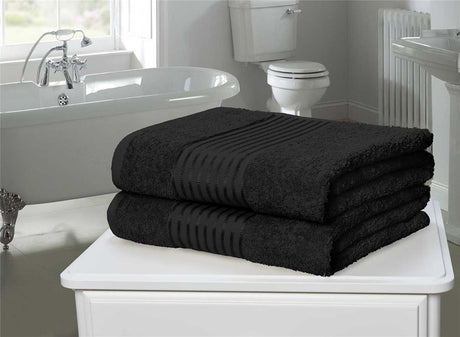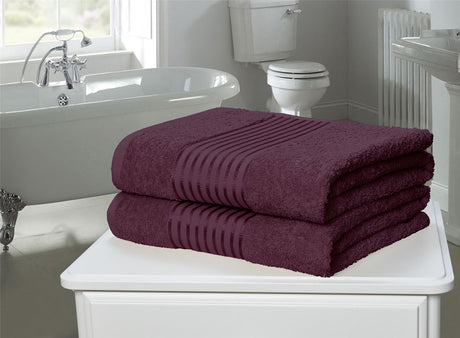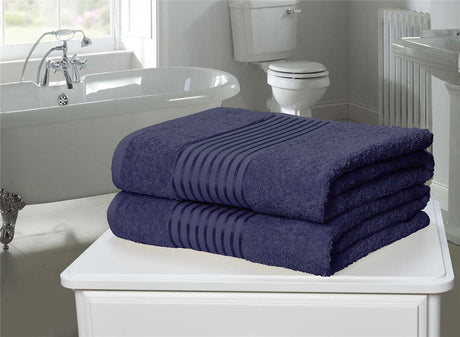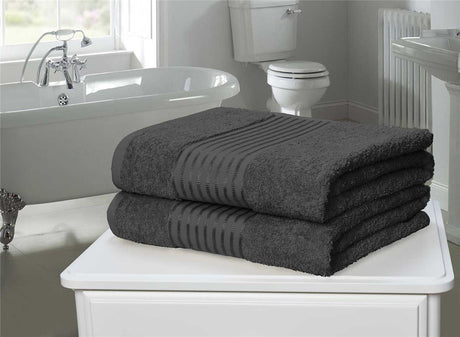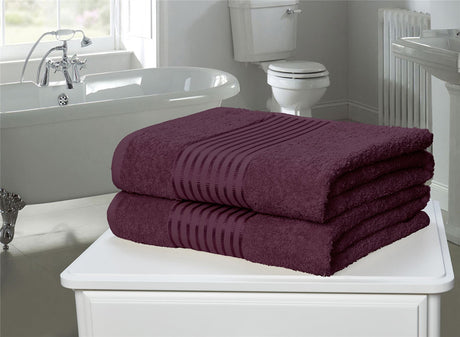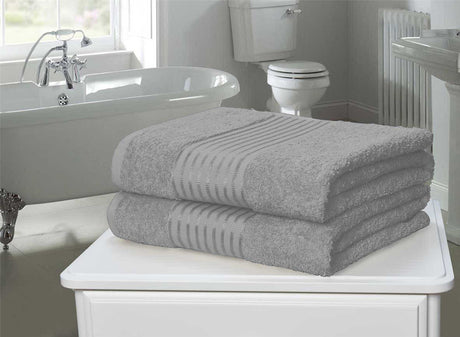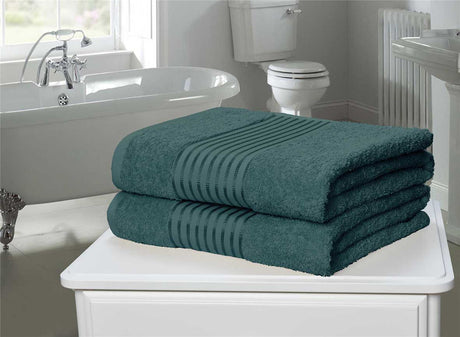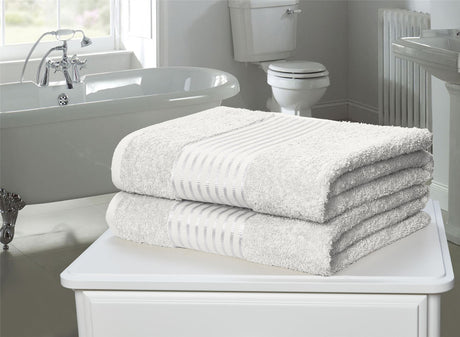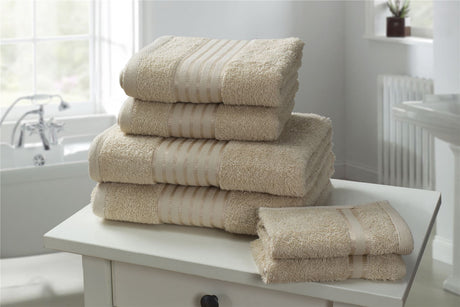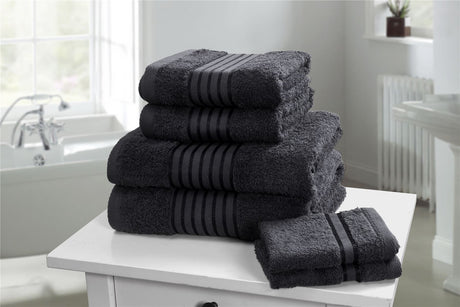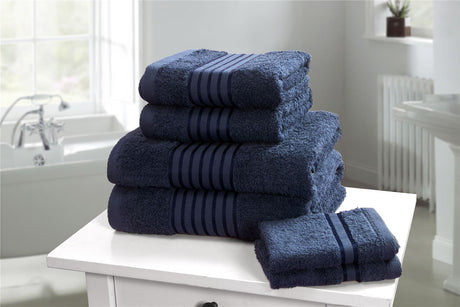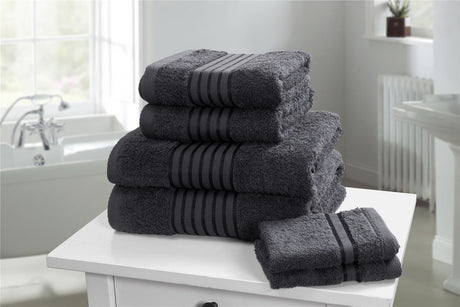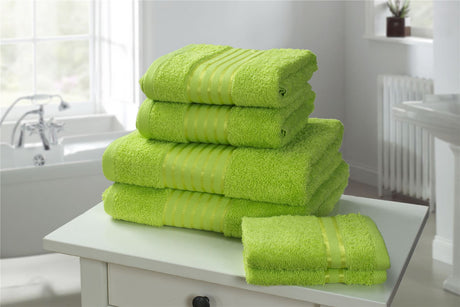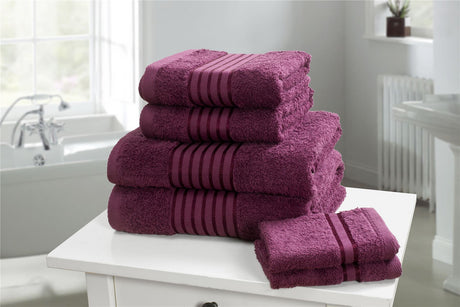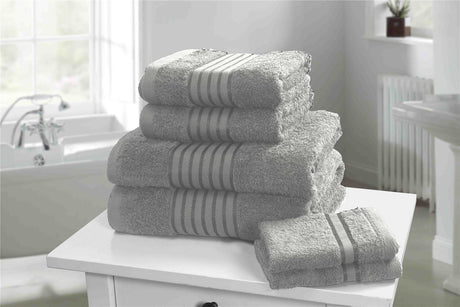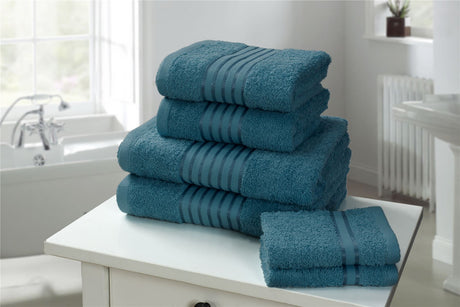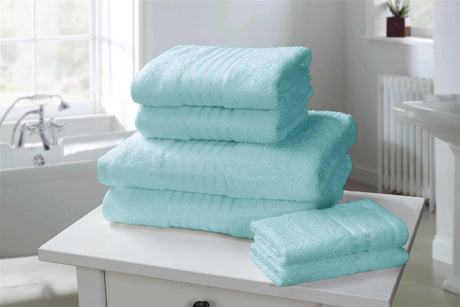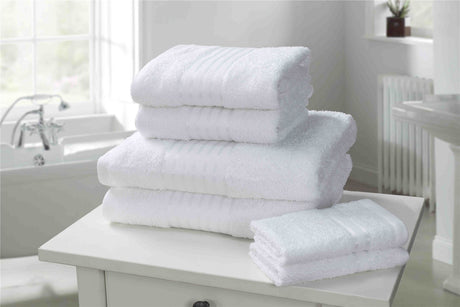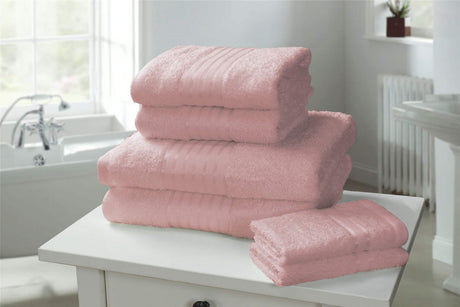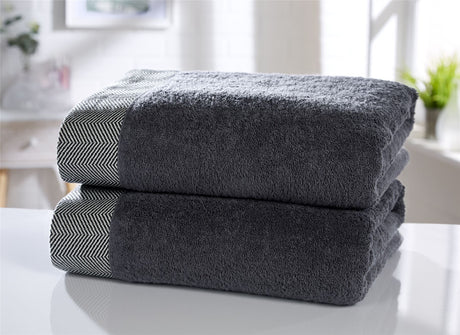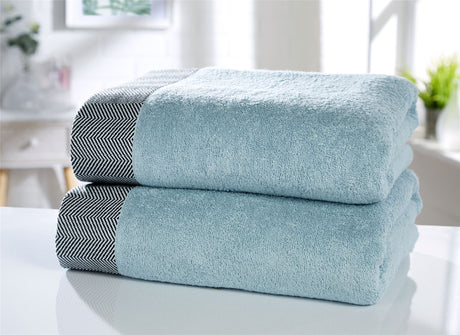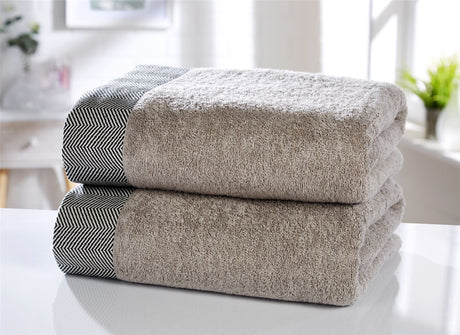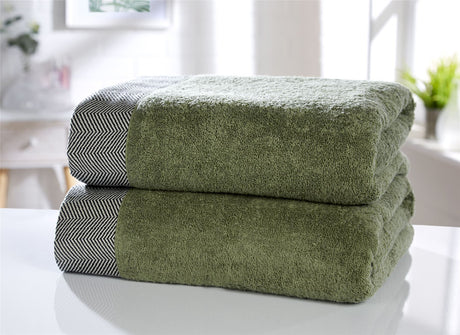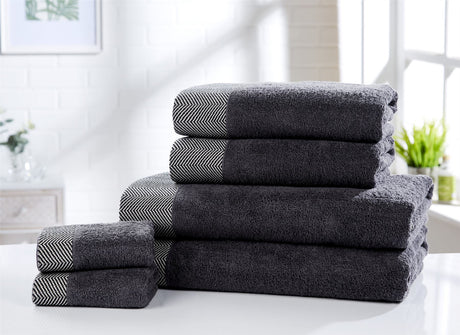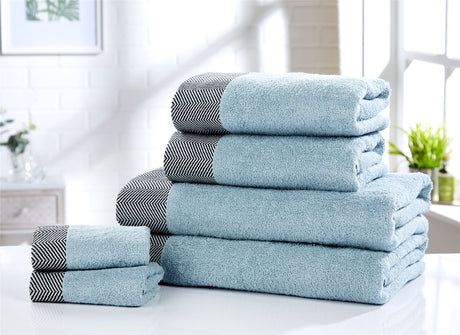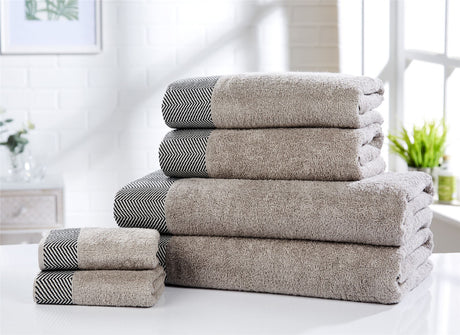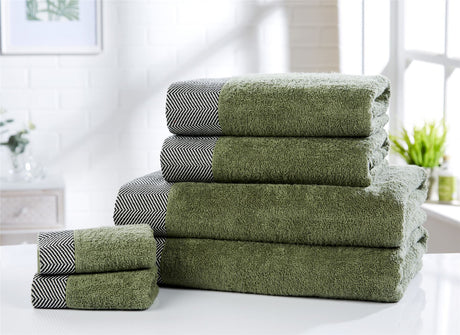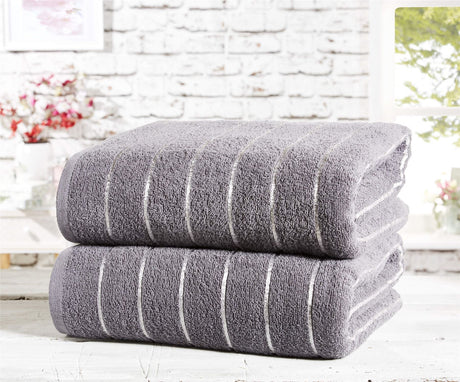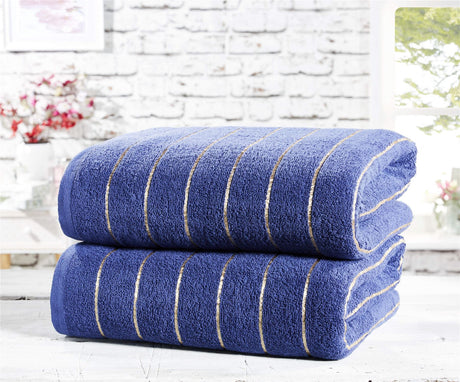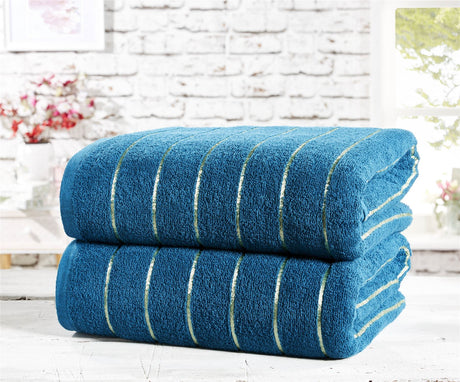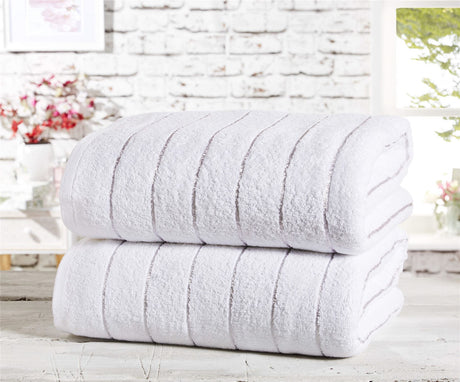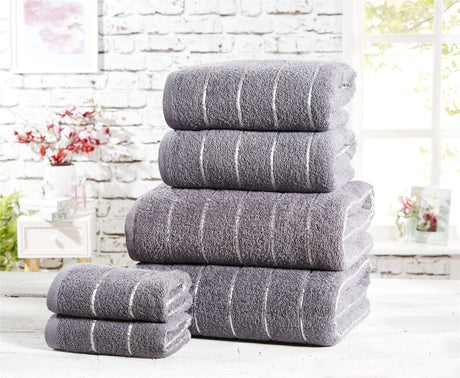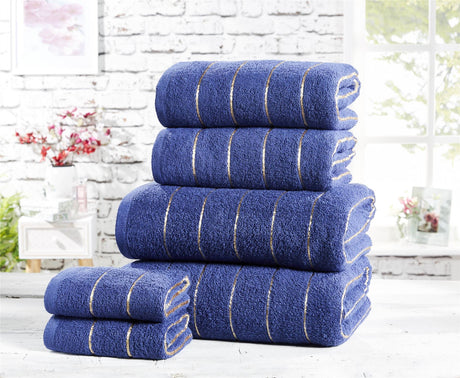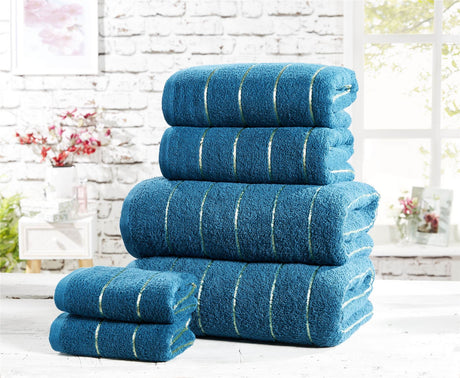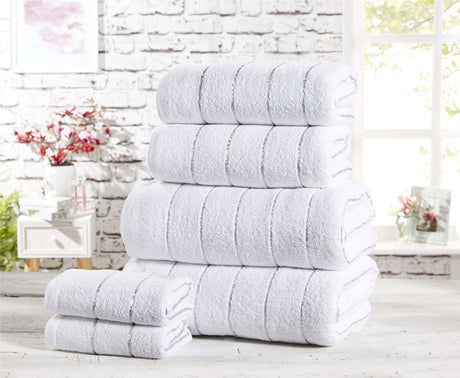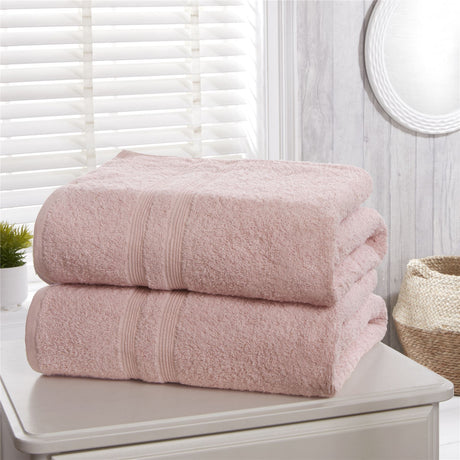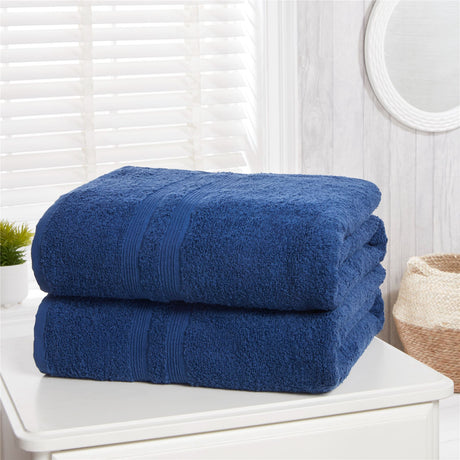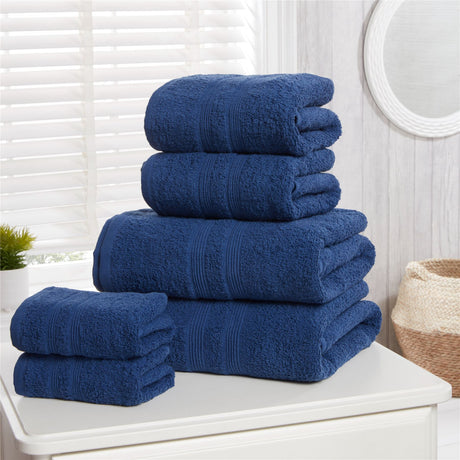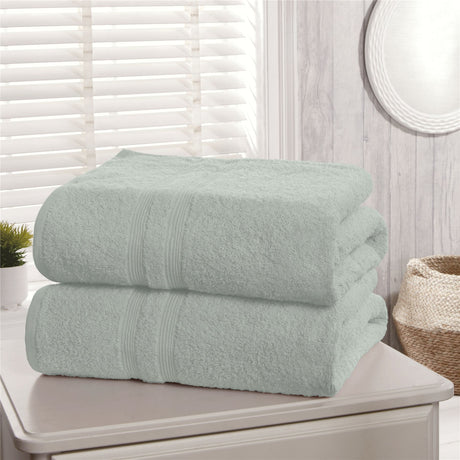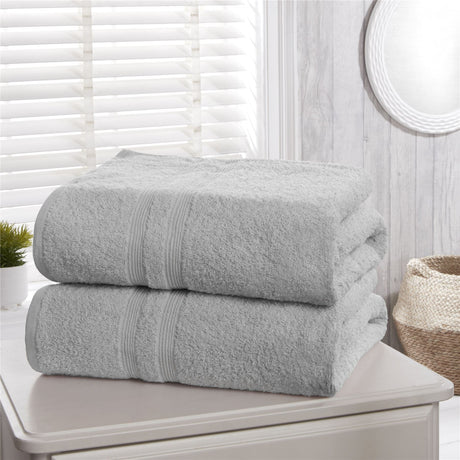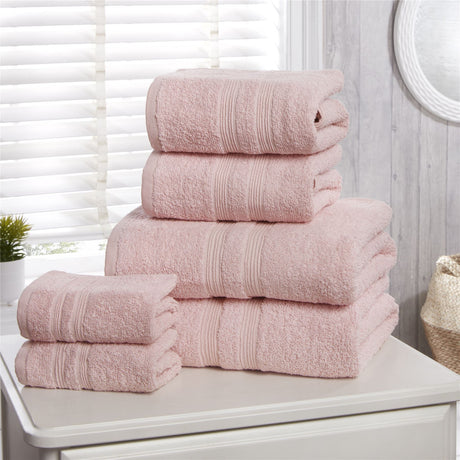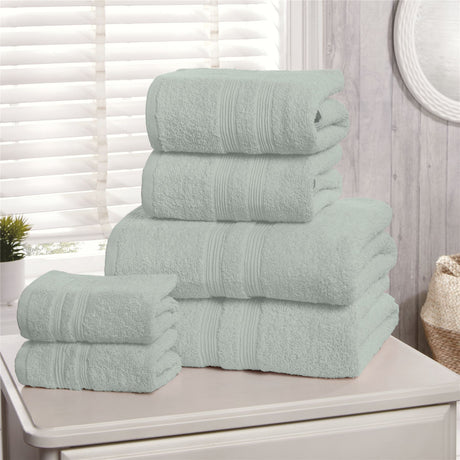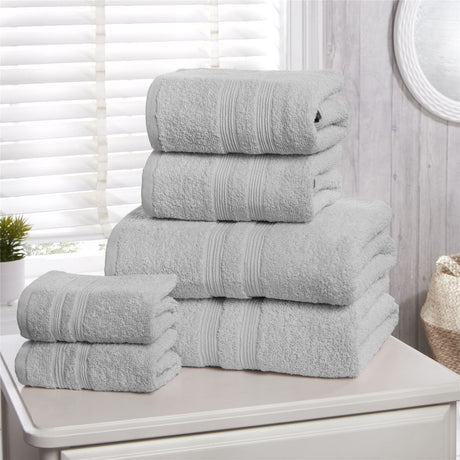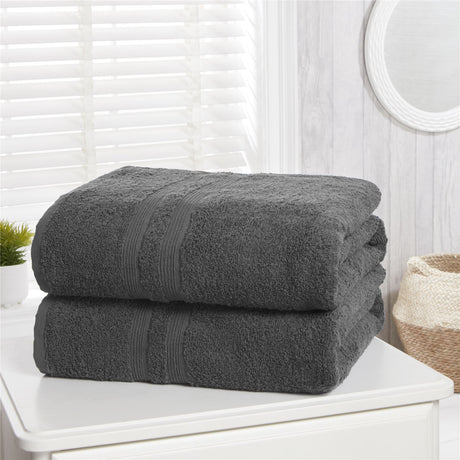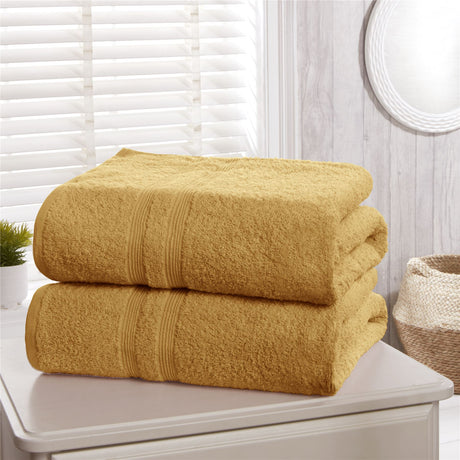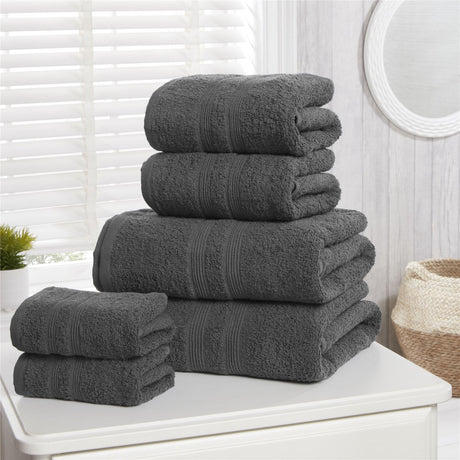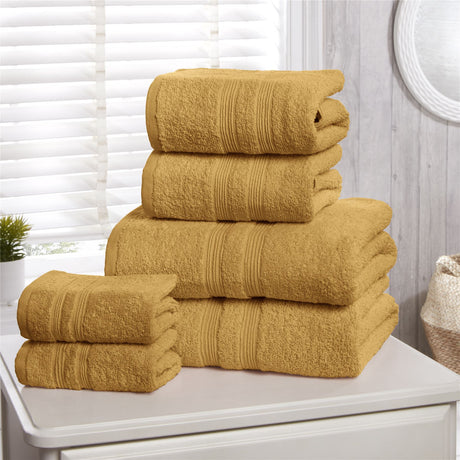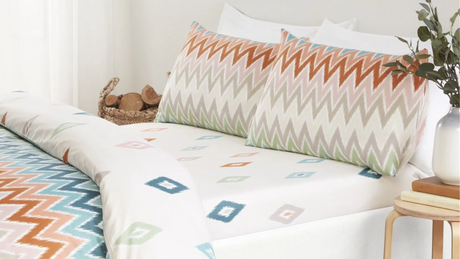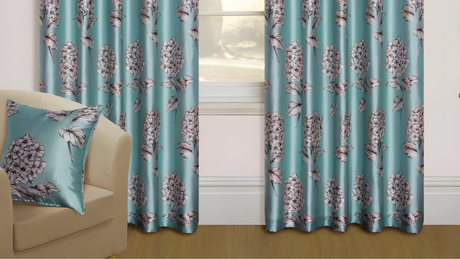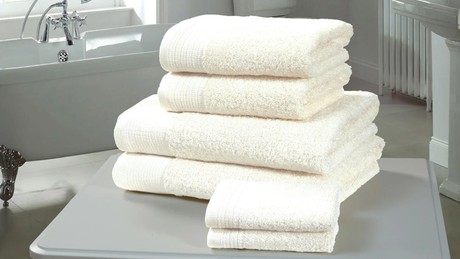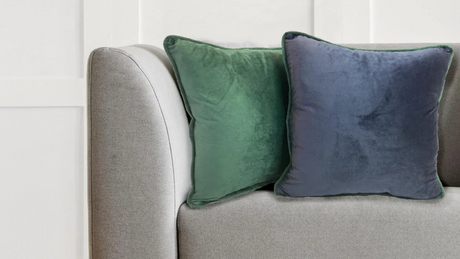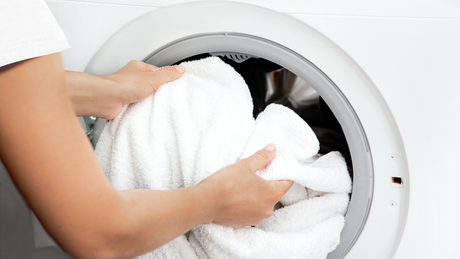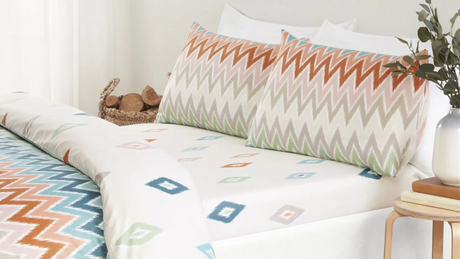The most crucial step to increase your towels' lifespan
We all love that fresh-out-the-shower feeling, wrapped in a soft, fluffy towel that smells amazing. But did you know that the way you wash your towels can make or break how long they last? Yep, there’s one small but mighty factor that often gets overlooked: the washing temperature.
In this guide, we’re diving into the best temperature for washing towels—so they stay plush, clean, and in tip-top shape for longer. Plus, we’ll explore how your temperature choices affect not just your towels, but also your energy bill and the planet.
So, whether you’re trying to preserve your favourite cotton set or keep your luxe bamboo towels feeling spa-fresh, here’s what you need to know to make smarter, more sustainable laundry choices.
Why temperature matters when washing towels
Clean towels, kind care The temperature of your laundry cycle has a big impact on the cleanliness and quality of your towels. Wash too cold and you risk not fully removing body oils and bacteria. Wash too hot and you might damage the towel fibres, leaving them rough or thinning over time. The sweet spot? It depends on what your towels are made of.
Cotton towels: warm and reliable Cotton is by far the most popular towel fabric, and it’s known for being both absorbent and durable. To keep your cotton towels soft, fluffy, and free from bacteria, wash them in warm water—around 40°C to 60°C. This temperature is hot enough to lift dirt and oils, but gentle enough to protect the fibres. Bonus tip: every few washes, add a cup of white vinegar to the rinse cycle to help remove detergent build-up and keep your towels fresh.
Bamboo towels: cool and gentle Bamboo towels are soft, silky, and naturally antibacterial—but they need extra TLC. To maintain their luxurious feel and prevent shrinkage or fibre damage, wash bamboo towels in cool water (around 30°C to 40°C). Avoid high heat in both washing and drying to protect the structure of the fibres. Skip the fabric softeners, too—they can reduce absorbency over time.
Microfibre towels: low temp, high performance If you love using microfibre towels for cleaning or drying, keep your wash on the cooler side. These ultra-fine fibres can degrade with heat, so stick to 30°C or even a cold wash if possible. High temperatures can melt or damage the microfibres, making them less effective. Use a gentle, detergent-only wash—no bleach, no fabric softener.
Delicate blends like linen or silk: ultra-gentle care Towels made from linen, silk blends, or other delicate materials require a very gentle wash to stay in good shape. Aim for under 30°C and choose a delicate or cold wash cycle. These materials are prone to fibre breakage with heat, so always check the care label. Also, air-drying is usually the safest way to go, as tumble drying can be harsh on these fragile fabrics.
A note on sustainability Washing towels at cooler temperatures isn’t just good for the fabric—it’s also better for the environment. Lowering your laundry temperature can cut down on energy use, reduce your utility bills, and shrink your carbon footprint. So, by being mindful of how you wash, you’re also being a bit kinder to the planet.
Small habit, big impact Choosing the right temperature for your towels might feel like a tiny tweak, but it makes a huge difference. From helping your towels stay soft and absorbent to protecting delicate fabrics and saving energy, this one habit can seriously upgrade your laundry game.

How temperature affects towel longevity
Let’s talk about what really happens when you turn that washing machine dial. The temperature you choose doesn’t just impact how clean your towels feel—it plays a huge role in how long they last, how soft they stay, and how vibrant they look.
Too hot? Too cold? Let’s find that just-right zone. High temperatures are great for zapping germs and bacteria, but they can be tough on towel fibres—especially natural ones like cotton. Over time, too much heat can make the fibres brittle, less absorbent, and way less cosy. On the flip side, washing in water that’s too cold might leave behind oils, sweat, or bacteria, causing musty smells or hygiene issues. That’s why choosing a moderate temperature (around 40°C) is usually the sweet spot: warm enough to clean effectively, but gentle enough to keep your towels in top shape.
Colour matters, too. If your towels are rich in colour or have decorative patterns, hot washes can fade them faster than you’d like. Bright dyes can be sensitive to heat, and nothing’s sadder than a once-bold towel losing its oomph. Washing coloured towels at a medium temperature helps keep them looking new for longer—and still gets rid of the grime. For luxury or display towels that you want to keep extra vibrant, always check the care label and avoid high-heat cycles.
Texture goals: soft and fluffy, please. The signature plush feel of a good towel comes from its loops. These loops are what make towels absorbent and comforting. Too much heat? Those loops can become damaged or flattened, leaving you with rough, underwhelming towels. By washing at a balanced temperature, you help preserve those lovely loops and keep your towels feeling spa-worthy. In short, temperature control = texture control.
Why it matters long term
Managing your washing temperature isn’t just about today’s laundry—it’s about protecting your towels for the long haul. With the right care, your favourite set can stay in rotation for years, saving you money and reducing waste. So yes, temperature is a small choice with a big impact.
Environmental considerations when washing towels
Energy-efficient washing practices
Want your laundry to love the planet, too? Start by dialling down the heat. Washing at lower temperatures uses less energy, which means fewer greenhouse gas emissions and a smaller carbon footprint. Thanks to modern detergents that work well in cold or warm water, you don’t need scalding temps to get your towels clean.
Bulky towels can tempt you to overstuff the washing machine, but this actually reduces wash efficiency and wastes water and energy. Aim for balanced loads, and choose the right cycle for the fabric. Front-loading machines are often the most efficient when it comes to water use, so if you’re due for a new washer, keep that in mind.
To take your green routine even further, skip the conventional detergents. Many contain phosphates and harsh chemicals that can pollute waterways. Opt for eco-friendly, biodegradable alternatives that clean just as well without harming the environment. And finally, line-dry when possible—it’s energy-free and gentle on towel fibres.
Eco-friendly detergents for towel care
Let’s give your towels and the earth a hug at the same time. Eco-friendly detergents are a game-changer for conscious cleaning. Unlike conventional formulas packed with synthetic chemicals, these products are plant-based, biodegradable, and free from harmful additives like phosphates, chlorine, and artificial dyes.
Choosing green detergents doesn’t just protect ecosystems—it can also be gentler on your towels and skin. Many are free of synthetic fragrances, which is great news if you have sensitivities. Look for labels like “EWG Verified” or “EPA Safer Choice” to make sure you’re getting the real deal.
Bonus points: Most eco-detergents come in concentrated formulas, so you use less and produce less waste. Pair that with cold-water washes and efficient machines, and you’ve got a towel-care routine that’s soft on your fabrics and the planet.
Tips for maintaining towel quality
Choosing the right detergent
Towels are absorbent by nature, but they can easily trap oils, dirt, and product residue. Using the right detergent makes a big difference. Skip the harsh stuff and go for gentle, low-residue formulas that lift grime without leaving behind buildup.
Detergents made for sensitive skin or fabric care are usually ideal. They’re less likely to wear down the fibres or cause irritation. And while it might be tempting, avoid using fabric softener on towels—it can coat the fibres and actually make them less absorbent. If you want that extra softness, a splash of vinegar in the rinse cycle does wonders.
Also key: don’t go overboard. Too much detergent can leave a soapy residue that makes towels stiff. Always follow the recommended amount and adjust based on your load size and water hardness.
Drying your towels the right way
Your drying method can either make your towels last longer—or ruin them over time. After washing, give them a good shake to help fluff up the fibres. This simple step keeps them from drying flat and keeps that fresh-out-the-dryer feeling.
If you’re using a dryer, keep it on a low to medium heat setting. High heat might dry towels faster, but it also breaks down fibres faster, leading to fraying and thinning. If you’re lucky enough to have a sunny day, air-drying is the ultimate win: energy-saving, fibre-protecting, and perfect for that clean, crisp scent.
Avoid over-drying at all costs. It can make your towels feel rough and brittle. Aim to remove them when they’re just slightly damp, then fold or hang them to finish drying naturally.

Finding the optimal temperature for washing towels
Washing your towels at the right temperature isn’t just a nice-to-have—it’s the secret to keeping them fresh, fluffy, and long-lasting. Aiming for around 40°C is usually the best of both worlds: clean enough to remove bacteria, but gentle enough to protect the fabric.
Factor in the environment, too. Cooler temperatures save energy and reduce your impact, especially when paired with eco-friendly detergents and smart drying habits.
So the next time laundry day rolls around, think of it as an act of care—for your towels, your home, and the planet. Small changes, big impact.
